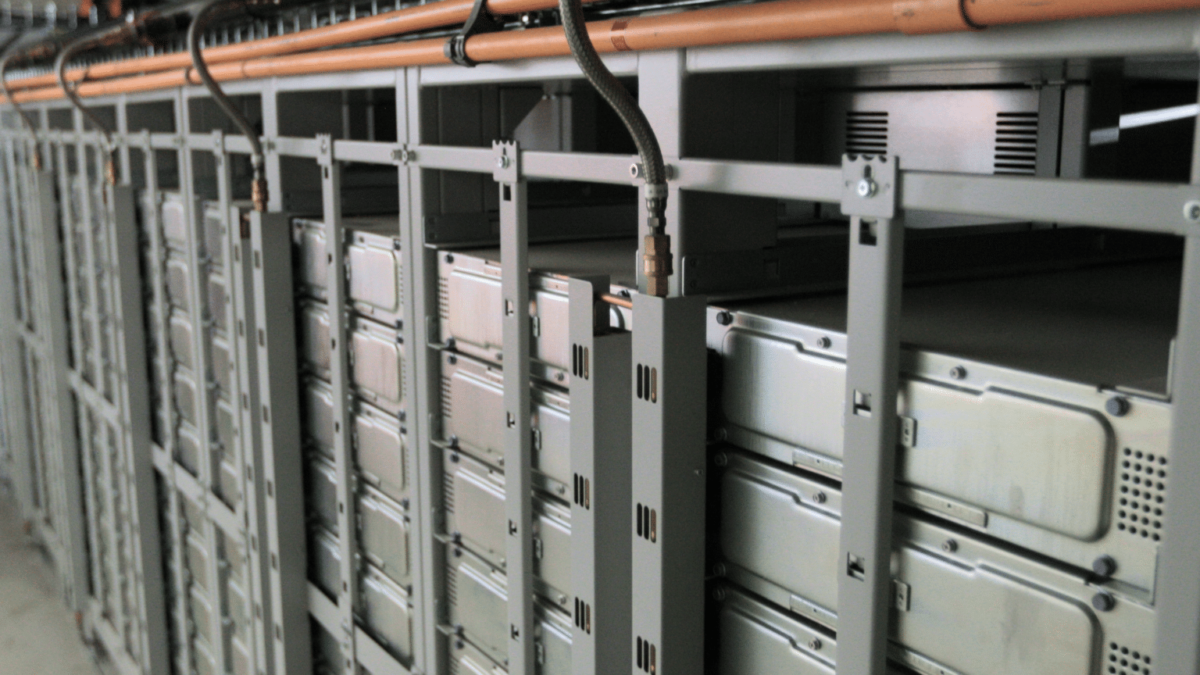From pv magazine USA
Vistra is planning a third expansion for its Moss Landing Energy Storage Facility in Moss Landing, Monterey County, California.
When Vistra’s first expansion was announced in 2020, it quadrupled the battery system’s size, making it the largest battery storage installation in the world, a couple of times over. At the time, the world’s largest operating battery storage system was the Hornsdale Power Reserve in South Australia, which used Tesla batteries and was colloquially known as the Tesla Big Battery. Moss Landing uses Tesla batteries.
The Moss Landing site was in the news less than a year after it was completed, as it was knocked offline when an unspecified number of batteries overheated. At the time the 100MW/400MWh Phase II facility at the Moss Landing site was already up and running and remained operational.
For this third expansion, the company has entered into a 15-year resource adequacy agreement with Pacific Gas and Electric Company (PG&E) for a new 350MW/1,400MWh battery system. This would complement the existing 400MW/1,600MWh of energy storage capacity already at the site.
On Jan. 21, 2022, PG&E filed its application with the California Public Utilities Commission (CPUC) to approve the contract, with a decision expected within 180 days. Pending the receipt of CPUC approval, Vistra anticipates construction on the third phase to commence in May 2022 and begin commercial operations prior to June 2023.
Popular content
“These innovative battery energy storage systems are necessary to maintain electric grid reliability as increasing levels of intermittent renewable power are integrated into the electric grid,” said Curt Morgan, Vistra CEO.
Like previous phases, Moss Landing Phase III will be able to move quickly due to the already-approved development permit and its location on a Vistra-owned power plant site with existing interconnection and infrastructure.
Today’s announcement brings the Moss Landing site’s total energy storage capacity to 750MW/3,000 MWh.
Morgan continued, “With this planned expansion, we are moving the Moss Landing site closer to its full potential. With additional phases, this project could eventually reach 1,500MW.”
This content is protected by copyright and may not be reused. If you want to cooperate with us and would like to reuse some of our content, please contact: editors@pv-magazine.com.



1 comment
By submitting this form you agree to pv magazine using your data for the purposes of publishing your comment.
Your personal data will only be disclosed or otherwise transmitted to third parties for the purposes of spam filtering or if this is necessary for technical maintenance of the website. Any other transfer to third parties will not take place unless this is justified on the basis of applicable data protection regulations or if pv magazine is legally obliged to do so.
You may revoke this consent at any time with effect for the future, in which case your personal data will be deleted immediately. Otherwise, your data will be deleted if pv magazine has processed your request or the purpose of data storage is fulfilled.
Further information on data privacy can be found in our Data Protection Policy.